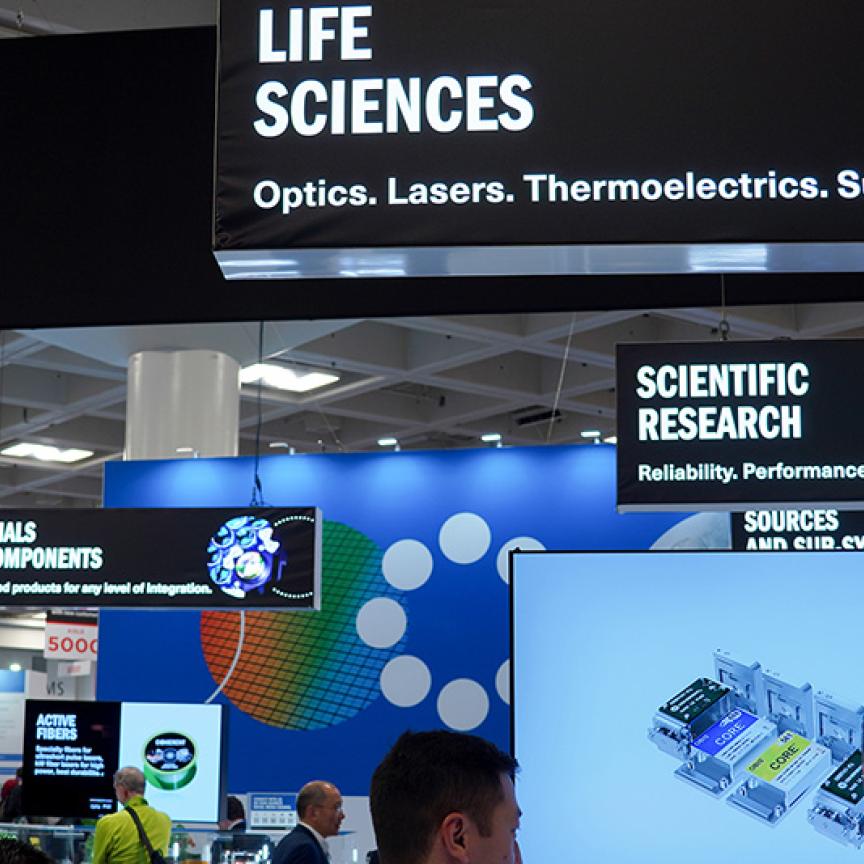Hamamatsu Photonics has reported it has successfully achieved high-accuracy medical imaging without image reconstruction. The technique utilises a pair of detectors, and unique light detection and signal processing techniques.
This new medical imaging technique will help boost inspection efficiency for clinicians and medical researchers that want to detect diseased tissues or organs, such as cancer. The technique could also help to reduce the radiation exposure dose, alleviating the load on the patient and medical staff.
The research was created through a joint effort with a group led by Simon Cherry, a distinguished professor at UC Davis School of Medicine in the US, a group led by professor Yoichi Tamagawa at the University of Fukui in Japan, and with professor Tomoyuki Hasegawa at Kitasato University in Japan. The major results were published on Thursday, October 14, 2021, in the electronic edition of ‘Nature Photonics’.
Applying this research could help scientists to achieve a completely new type of radiation medical imaging system capable of making speedy diagnoses from a simple, compact setup yet with the same or higher accuracy than currently used radiation imaging systems including positron emission tomography (PET) and computed tomography (CT).
Overview of research results
Ordinary PET devices work by using scintillators to convert the radiation from within the body into scintillation light which can then be detected. A higher time resolution can be achieved by utilising Cherenkov light that has a higher response speed to radiation than scintillation light, but Cherenkov light has the problem of low light emissions. To deal with this issue, Hamamatsu Photonics developed a new MCP-PMT (microchannel plate – photomultiplier tube) with high sensitivity and high time resolution that also incorporates a Cherenkov radiator to efficiently convert radiation into Cherenkov light.
Using this new MCP-PMT allows for the detection of very low Cherenkov light with high sensitivity. Hamamatsu also succeeded in getting even higher time resolution by using a newly developed signal processing technique that makes use of AI (artificial intelligence). By combining AI with this technique, for the first time in the world, the researchers were able to achieve a time resolution of approximately 30 picoseconds and our experiments using a PET tracer succeeded in obtaining high-accuracy medical diagnostic imaging from a pair of detectors, without having to perform image reconstruction processing.
Applying the results from these research efforts could lead to an innovative, simple and compact measurement device that uses a pair of detectors capable of medical imaging with high accuracy equal to or better than conventional radiation imaging systems such as PET and CT that need to acquire a huge amount of data by using a ring of radiation detectors.

